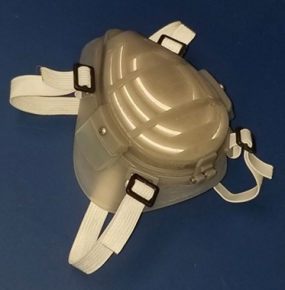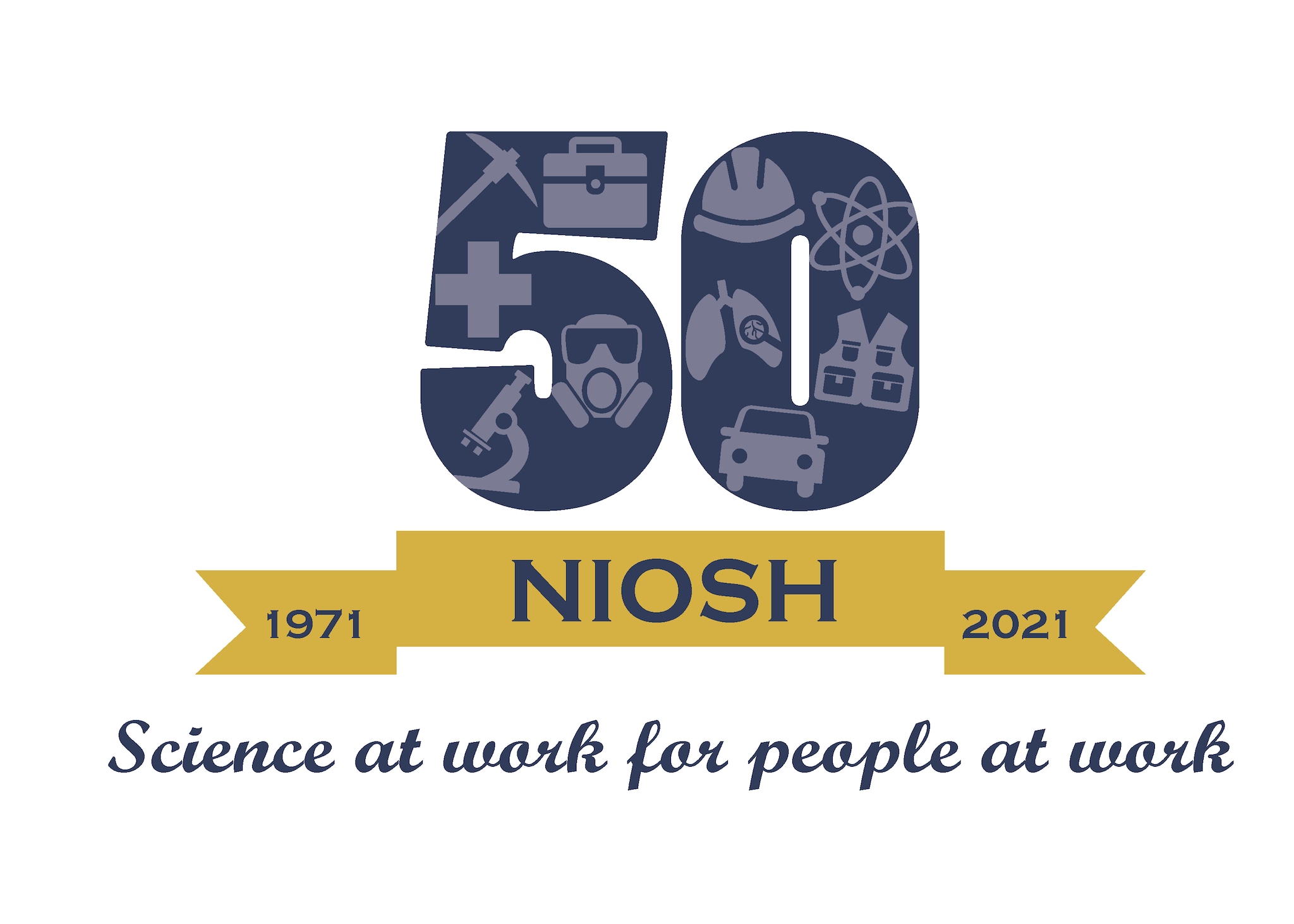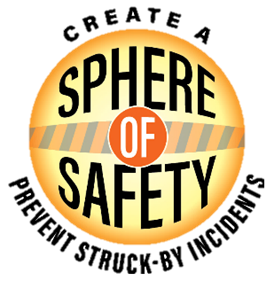eNews: Volume 18, Number 11 (March 2021)
Volume 18, Number 11 (March 2021)
From the Director’s Desk
John Howard, M.D. Director, NIOSH
Advancements in Elastomeric Technology for Source Control
During the past year, we have seen the need emerge for respirators that are both reliable personal protective equipment (PPE) and also offer source control. This means that respirators must be able to protect others by filtering the wearer’s exhaled air that may contain harmful viruses or bacteria.
Facing a shortage of single-use, disposable filtering facepiece respirators (FFR), U.S. healthcare systems are incorporating the use of elastomeric half mask respirators (EHMR) because they can be cleaned, disinfected, and reused. However, elastomeric respirators typically have exhalation valves for user comfort, raising concerns about source control.
Understanding the need for elastomeric respirators to supplement the respirator supply in all healthcare settings, NIOSH has been working with manufacturers of these devices to approve new options that will both protect healthcare workers and act as reliable source control.
On October 22, 2020, NIOSH approved the first elastomeric model without an exhalation valve, which was developed by the Mine Safety Appliance Corporation. Instead of expelling air through an exhalation valve, this respirator directs the expelled air back through the filters. Therefore, the air is filtered in both directions. Since the approval of this first EHMR without an exhalation valve, NIOSH has also approved a model series from Dentec Safety Specialists that applies the same technology for use as source control.
In addition, NIOSH has approved the use of an accessory filter for a series of EHMRs made by the 3M Corporation. The accessory filter uses new technology that cleans the exhaled breath that passes through the exhalation valve, reducing exhaled particles from inside the elastomeric respirator at the source. The filtered exhalation valve provides source control similar to medical masks typically used in healthcare for source control. Read more on these devices on the NIOSH Science Blog.
Along with approving these new technologies for occupational use, NIOSH is conducting important research of our own. We are examining the critical factors affecting the efficiency of exhalation valves as source control. This includes studying respiratory droplet size and composition, the movement of particles through the exhalation valve, and the changes in air breathed through the respiratory device. We are also looking at how particles are received by the body, including understanding the infectious dose for different types of cells.
Another project NIOSH is working on is developing a reusable healthcare elastomeric respirator with features desired by healthcare workers, including filtering the exhaled breath. Yet another project involves designing exhaled breath filter adaptors for select commercial respirators. These projects could potentially lead to functional prototypes for manufacturers to produce after receiving appropriate approvals.
To learn more about how NIOSH is addressing respiratory droplet emission through respirators with exhalation valves, please visit the respirator exhalation valve research webpage.
For the NIOSH 50th Anniversary, please enjoy this limited time series of “NIOSH Now” and “NIOSH Then” where we look back at research efforts inside and outside of NIOSH from the past 50 years.
Masks Block More Cough Aerosol Particles than Face Shields
CDC recommends wearing face masks in all public settings to help prevent the spread of COVID-19. NIOSH recently tested face masks, neck gaiters, and face shields to see how well they block the small aerosol particles produced by people when they cough. We asked lead author William Lindsley, NIOSH biomedical research engineer, to explain the study, published in the journal Aerosol Science and Technologyexternal icon.
What do we know about the efficacy of different types of face coverings?
We tested how well face coverings stopped cough aerosols from being expelled into the air (called source control). We used a device that simulates coughs to propel small aerosol particles through different face coverings placed on a manikin head. We did not test these devices as personal protective equipment to prevent aerosols in the environment from being inhaled by the wearer.
We found that a 3-ply cotton face mask blocked 51% of the cough aerosol particles, and a polyester neck gaiter blocked 47% as a single layer and 60% when folded into a double layer. Face shields, however, blocked only 2%.
Are there any face coverings we see often that are not effective?
We are testing other types of face coverings. Our preliminary results suggest that bandanas are not as effective as other face coverings, probably because of the loose fit.
Is any face covering better than no face covering?
Yes, our results indicate that any face covering is better than no covering, as also specified by CDC guidelines.
What questions remain?
For face masks and gaiters, we would like to test how different materials perform, the effect of fit, and the effectiveness during breathing versus coughing. For face shields, we would like to test alternative designs. We also would like to test all these devices using a broader size range of aerosol particles.
More information is available:
- CDC | Guidance for Wearing Masks
- CDC | Use Masks to Slow the Spread of COVID-19
- CDC Calls on Americans to Wear Masks to Prevent COVID-19 Spread
Ongoing Study Furthers Understanding of Lung Disease in Textile Workers
In 1988, NIOSH began funding what would be the longest-running and largest study of lung disease in textile workers. Today, this ongoing studyexternal icon at the Harvard T.H. Chan School of Public Health, which started the study in 1981, has furthered our understanding of lung disease in textile workers.
For over three decades, researchers evaluated Chinese textile workers’ exposure to endotoxin, a dangerous substance released from bacterial cells and cotton dust. After exposure to the substances ended, the researchers found that lung damage reversed. This study originally included 919 Shanghai residents exposed to high levels of cotton dust and endotoxin while employed as cotton workers. Most were nonsmokers and participated in the entire study, many having retired by the end of the 30 years. In 2016, researchers collected follow-up information, using company and union healthcare records for retirees, along with death records for about 25% of participants.
Beyond its length, this study is important because at least 5 million U.S. workers across multiple industries are possibly exposed to airborne endotoxin. However, while research shows short-term exposure leads to breathing problems, the effects of long-term exposure were unclear. Also unclear were how long-term exposure affects the development of lung disease after the exposure ends and the underlying causes for severe illness.
The International Organization for Migration cited the study findings in a policy documentpdf iconexternal icon, and the inhalable cotton dust exposure limit is now 10 times lower in China, based on this research. The study findings are also reported in various journals, including Environmental Health Perspectivesexternal icon and Occupational & Environmental Medicineexternal icon. Researchers are now analyzing findings on lung function, including long-term inflammation and airflow obstruction. The study will end in 2022, and findings will be shared with U.S. and European government agencies to consider for regulations on exposure limits.
More information is available:

Director’s Desk
Research Rounds
- Masks Block More Cough Aerosol Particles than Face Shields
- Ongoing Study Furthers Understanding of Lung Disease in Textile Workers
Highlights
- New Webpage Highlights NIOSH 50th Anniversary Info!
- Needlestick Injuries are Preventable
- NIOSH Partners with NSF for Second Year to Fund Workplace Robotics Research
- NIOSH + Safe-In-Sound Award Winner!
- Join Us to Help Prevent Struck-by Incidents
- Survey Helps to Identify Common Root Causes of Falls From Heights
Monthly Features
John Howard, M.D., Director
Christina Spring, Editor in Chief
Managing Editor
Tanya Headley
Section Editor
Anne Blank, Research Rounds
Kiana Harper, Highlights & Monthly Features
Contributing Editors
Sarah Mitchell
Emily Norton
Donjanea Williams
Copy Editor
Cheryl Hamilton
Technical Support
Steve Leonard, Technical Lead
Margaret Bertsch, Web Developer
To receive the NIOSH eNews email newsletter, enter your email address:
Highlights

New Webpage Highlights NIOSH 50th Anniversary Info!
This year marks the 50th anniversary of NIOSH! NIOSH will be recognizing this important milestone through various channels throughout the year and posting links to them on the NIOSH 50th Anniversary webpage. Follow us on Facebook, Twitter, and Instagram, and visit the new webpage to stay up to date on NIOSH 50th activities.
Needlestick Injuries are Preventable
Healthcare personnel who use or may be exposed to needles are at increased risk of needlestick injury. Needlestick injuries can lead to serious or fatal infections with bloodborne pathogens such as hepatitis B virus, hepatitis C virus, or HIV. Learn more about how to protect yourself and your coworkers from needlestick injuries. Learn more.
NIOSH Partners with NSF for Second Year to Fund Workplace Robotics Research
NIOSH has partnered with the National Science Foundation (NSF) to make funding availableexternal icon to study the integration of robotics technologies in the workplace. simulation to evaluate potential hazards to humans in a virtual environment. Those interested in applying for funding can view the funding opportunity on the NSF websiteexternal icon. The deadline to apply is May 3, at 5:00 p.m. in the submitter’s local time zone. Learn more.
NIOSH + Safe-In-Sound Award Winner!
NIOSH, in coordination with the Safe-In-Sound award committee, is proud to announce the winner of the 2021 Excellence in Hearing Loss Prevention award to Vertical Lift, AH-64 Apache Helicopter of the Boeing Company! Their “Hush Kit” innovation drops the noise level of the helicopter to safer levels for workers when work is being performed. For more information about the Safe-in-Sound awards please contact Thais Morata.

Join Us to Help Prevent Struck-by Incidents
The second annual National Stand-Down to Prevent Struck-by Incidents in Constructionexternal icon is planned for April 26. The event coincides with National Work Zone Awareness Weekexternal icon, which is April 26–30. The Stand-Down asks contractors to pause work to recognize that struck-by incidents are the #1 cause of injuries and the #2 cause of death among construction workers. Contractors are encouraged to educate their crews about risks and prevention. All national events will be held virtually for easier access.
Survey Helps to Identify Common Root Causes of Falls From Heights
NIOSH and partners recently released the Fall Experience Surveyexternal icon. Falls continue to be the leading cause of death in the construction industry. This survey aims to fill in gaps in information on the common root causes of falls from heights. Please take the survey if you have experienced, witnessed, or investigated a fall incident. The results will guide new material development supporting the National Campaign & Annual Safety Stand-Down to Prevent Falls in Constructionexternal icon. Watch this videoexternal icon for more information.
Monthly Features
New Communication Products & Reports
Fighter Fatality Investigation and Prevention Program Report
NIOSH Science Blog
- Envisioning the Future of Construction: Challenges and Opportunities for Occupational Safety and Health
- Protecting Worker Hearing
- NIOSH Directors
- Relationship Advice on Valentine’s Day: Quality Assurance—In a Respirator, That Is
- The Physiological Response of Working in Cold Environments and How Your PPE Can Help
Federal Register Notice
Proposed Data Collection Submitted for Public Comment and Recommendations—Proposed Project: “A Longitudinal Examination of Mental and Physical Health Among Police Associated With COVID-19”
The noticeexternal icon was posted on January 26. Comments must be received by March 29.
Advisory Board on Radiation and Worker Health (ABRWH), National Institute for Occupational Safety and Health (NIOSH)
The noticeexternal icon was posted on February 26. Comments must be received by April 7. The meeting will be held on April 14.
NORA
NEW NORA Traumatic Injury Prevention Council Communication Resources
The NORA Traumatic Injury Prevention (TIP) Council developed a slide deck to introduce graduate and undergraduate students from across different disciplines to NORA and the TIP research agenda. The TIP Council also developed posters for food service and healthcare workers to help them check the tread wear on their slip resistant shoes with a simple visual aid—using a AA battery. The posters are also available in Spanish.
Silica in the Oilfield Summit 2.0
A free virtual summitexternal icon organized by the NORA Oil and Gas Extraction Council will be held April 13–14, 12–4 p.m. ET. The summit will highlight state-of-the art knowledge on the control of workers’ exposures to respirable crystalline silica in the oilfield, bringing together representatives from NIOSH, OSHA, and upstream oil and gas industry partners. Learn more or registerexternal icon. Contact Bradley King for more information.
News from Our Partners
Agricultural Safety Awareness Program Week
The NIOSH-funded Centers for Agricultural Safety and Health are partnering with the American Farm Bureau Federation for the 2021 Ag Safety Awareness Program Week, February 28 – March 6. They have developed a toolkit to promote specific topics and provide safety resources for the daily themes of ASAP Week. This week aims to bring awareness to safety and health issues facing the agriculture industry. Learn moreexternal icon.
Facilitating Lasting Lifestyle Change in Health Promotion
During March, the International Foundation of Employee Benefit Plans (IFEBP) will be hosting a lasting lifestyle change seminarexternal icon. This event will focus on how health promotion professionals can implement six key aspects of ensuring success in making long-lasting lifestyles changes. The virtual courses will be Mondays and Wednesdays, March 1–17, 12–2 p.m. ET. Visit the link above to learn more and to register.
Special Journal Issue on Preventing Occupational Risks
Dr. June Spector, a researcher with the NIOSH-funded Center for Agricultural Safety and Health (Ag Center) at the University of Washington, is the guest editor for an upcoming special issue of the International Journal for Environmental Research and Public Health. The journal is accepting original manuscripts for this issue, which is titled “Prevention of Adverse Health Outcomes Related to Heat Exposure in Working Populations.” The submission deadlineexternal icon is November 30.
Call for Proposals
- America Industrial Hygiene Association Conference & Expo 2021 (AIHce): The deadline to submit proposalsexternal icon for submissions of student posters, presentations, or short pop-up sessions is March 16.
- National Occupational Injury Research Symposium: The deadline to submit abstracts and proposal for sessions is April 1.
Conferences, Meetings, Webinars, & Events
This page provides a list of publicly available occupational safety and health-related conferences, meetings, webinars, and events sponsored by NIOSH as well as other government agencies, and nongovernment agencies, such as universities, professional societies, and organizations.
